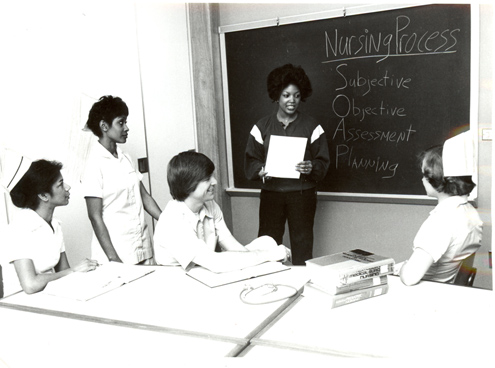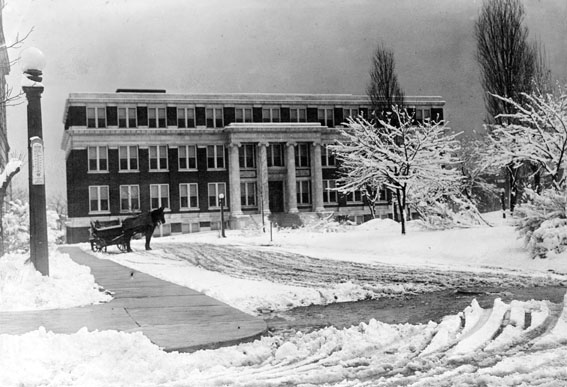By: Kevin Grace
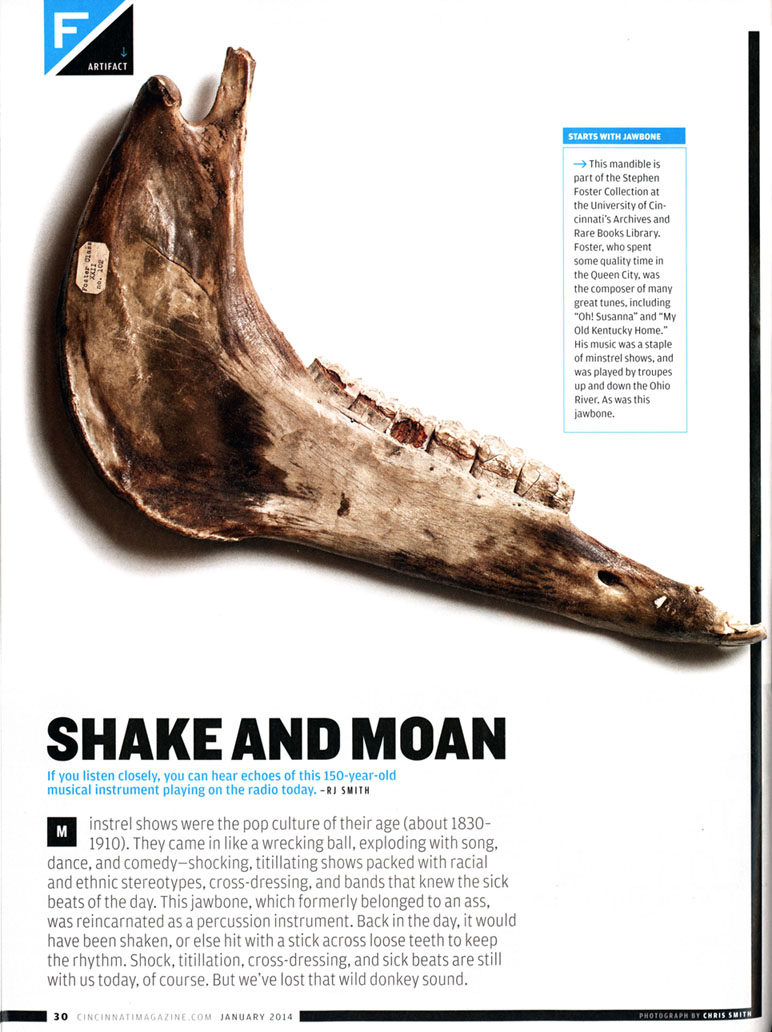 They are the fruit of our archival world, those strange objects, quirky provenance discoveries, and odd functions that lend surprise to the workday. For example, while attending a conference just last week, I was working one afternoon in a research library to delve into a few early documents related to our UC holdings. Taking a break and wandering down a dark hallway, I saw a partially-opened door, poked my head in, and saw two shrunken heads in bell jars. Not what I was looking for, but certainly more interesting than what I had been reading!
They are the fruit of our archival world, those strange objects, quirky provenance discoveries, and odd functions that lend surprise to the workday. For example, while attending a conference just last week, I was working one afternoon in a research library to delve into a few early documents related to our UC holdings. Taking a break and wandering down a dark hallway, I saw a partially-opened door, poked my head in, and saw two shrunken heads in bell jars. Not what I was looking for, but certainly more interesting than what I had been reading!
So it wasn’t unexpected at all when I returned home and saw that the Archives & Rare Books Library’s own anatomical oddity is in the public eye, something we’ve anticipated for the past several weeks. In its January issue, Cincinnati Magazine has a feature called “Artifact,” for which they used the jawbone of a mule from our Stephen Foster Collection. Having the mandible in the collection isn’t as bizarre as it might seem. The Foster materials were compiled by former UC president Raymond Walters during his tenure from 1932 to 1955. Walters was a Foster scholar of sorts and acquired the collection as part of his research, eventually donating it to the Libraries. There are the typical items in the Foster material that you would expect, such as sheet music, songbooks, images, and recordings. And the jawbone fits right in with these items because it is actually a musical instrument, used for percussion in the antebellum minstrel shows that traveled up and down the Ohio River, stopping in towns like Cincinnati to perform their songs and dances. A stick would be used to rasp up and down the teeth to provide the rhythm. But how and when Walters acquired the bone is a mystery. Continue reading

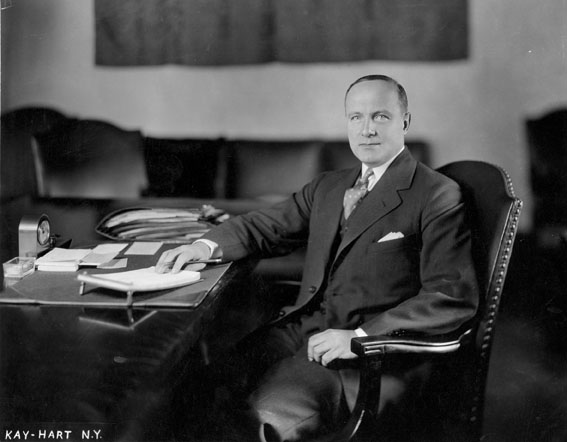
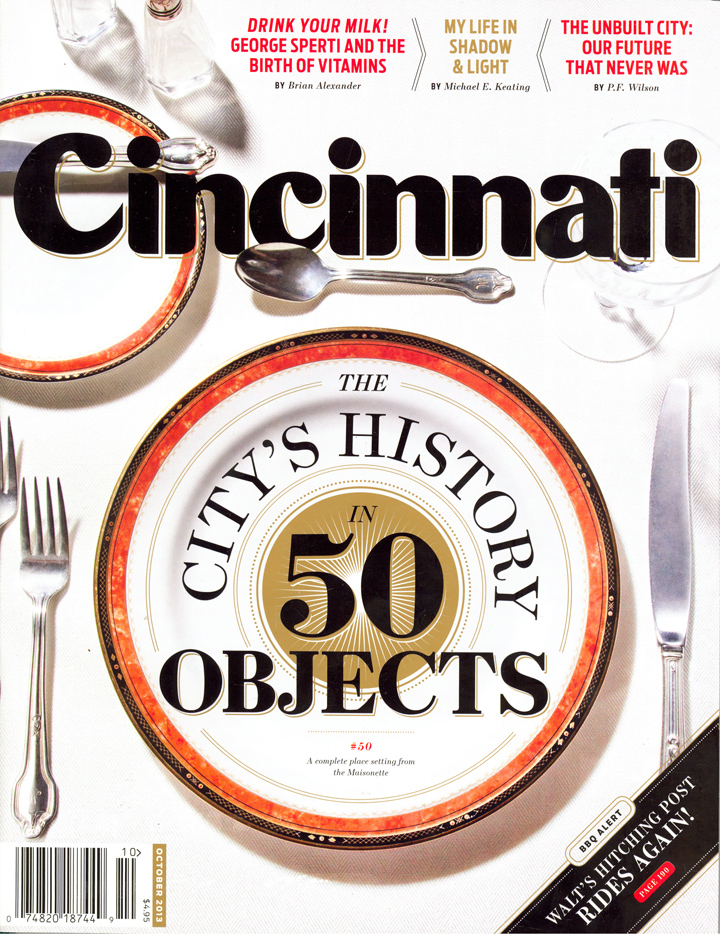 In the October issue that just hit the newsstands, Cincinnati Magazine has an illustrated article called “The City’s History in 50 Objects.” The magazine’s editors, writers, and fact-checkers began this endeavor several months ago, calling upon libraries and archives, museums and individuals, to submit ideas for items that help tell the story of the city’s heritage.
In the October issue that just hit the newsstands, Cincinnati Magazine has an illustrated article called “The City’s History in 50 Objects.” The magazine’s editors, writers, and fact-checkers began this endeavor several months ago, calling upon libraries and archives, museums and individuals, to submit ideas for items that help tell the story of the city’s heritage.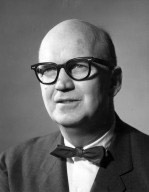 Woodward (“Woodie”) Garber’s designs for Christ Church Episcopal Church in Glendale, Ohio are now available for viewing at Archives and Rare Books Library of the University of Cincinnati. There is a specification notebook of the addition to the church, as well as numerous blueprints that cover every aspect of the building from the temperature control wiring to chapel windows and even the layout of trees on the grounds.
Woodward (“Woodie”) Garber’s designs for Christ Church Episcopal Church in Glendale, Ohio are now available for viewing at Archives and Rare Books Library of the University of Cincinnati. There is a specification notebook of the addition to the church, as well as numerous blueprints that cover every aspect of the building from the temperature control wiring to chapel windows and even the layout of trees on the grounds.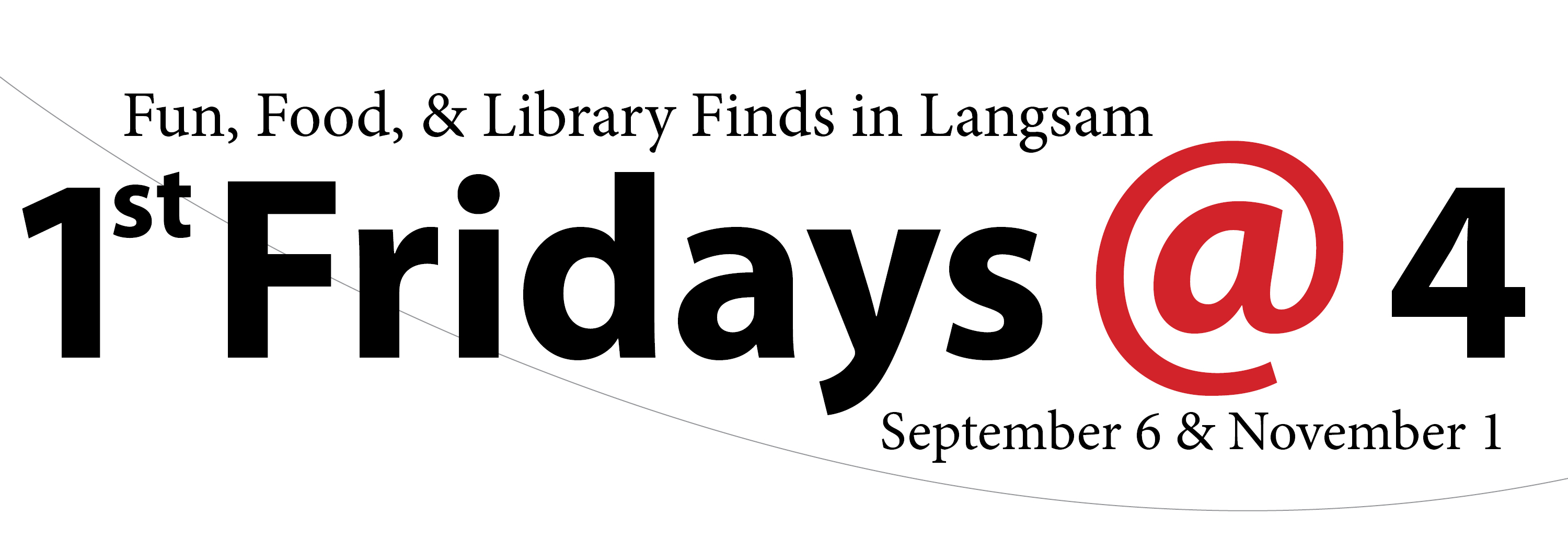
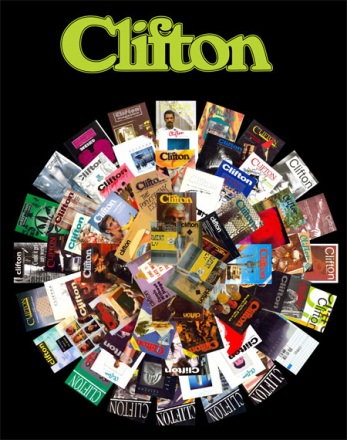
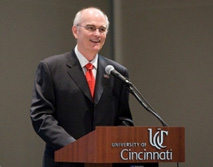 Gregory H. Williams became the University of Cincinnati’s 27th president when he took office in September 2009. Among more than 100 applicants for the position, he was selected in part because of his outstanding work in transforming the City College of New York, where he served as president before joining the UC. Williams received national acclaim for his book, Life on the Color Line: The True Story of a White Boy Who Discovered He Was Black (New York, NY: Dutton, 1995). Over a decade later, he still received feedback from his readers while serving as the president here at UC. The memoir was his way of telling the world about struggling with poverty and acceptance during his youth and dealing with his biracial identity in Muncie, Indiana at a time when segregation was still highly overt in the United States. The book also brought to life other family issues such as alcoholism and abandonment. Throughout his account, he told the story of a normal childhood that spiraled into one of torment, welfare, and segregation, and then how he made the best of it. Williams became the star quarterback of his high school’s football team, excelled in college to earn four degrees, and worked his way up in higher education system until he became president of College City of New York from 2001-2009 and then president of the University of Cincinnati from 2009 to 2012.
Gregory H. Williams became the University of Cincinnati’s 27th president when he took office in September 2009. Among more than 100 applicants for the position, he was selected in part because of his outstanding work in transforming the City College of New York, where he served as president before joining the UC. Williams received national acclaim for his book, Life on the Color Line: The True Story of a White Boy Who Discovered He Was Black (New York, NY: Dutton, 1995). Over a decade later, he still received feedback from his readers while serving as the president here at UC. The memoir was his way of telling the world about struggling with poverty and acceptance during his youth and dealing with his biracial identity in Muncie, Indiana at a time when segregation was still highly overt in the United States. The book also brought to life other family issues such as alcoholism and abandonment. Throughout his account, he told the story of a normal childhood that spiraled into one of torment, welfare, and segregation, and then how he made the best of it. Williams became the star quarterback of his high school’s football team, excelled in college to earn four degrees, and worked his way up in higher education system until he became president of College City of New York from 2001-2009 and then president of the University of Cincinnati from 2009 to 2012. 
